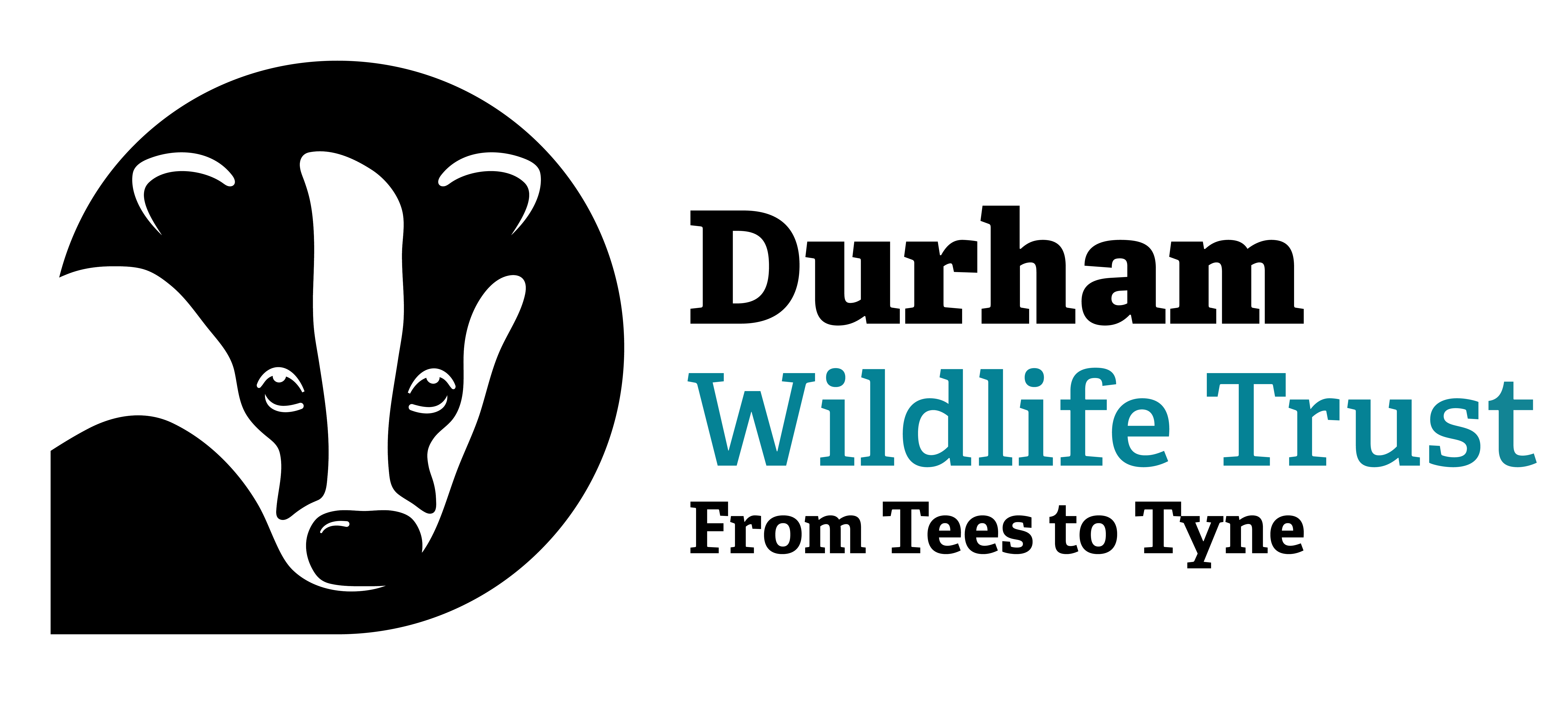We are delighted to report that this year’s emergence of the small pearl-bordered fritillary butterflies (SPBF) has occurred. These small and delicate butterflies are the rarest in the county and an example of how species on the brink of survival can, with the correct management, begin to recover.
These Jewels Are Back On The Wing!
Small Pearl Bordered Fritillary Butterfly (c) Pete Swan
Small Pearl Bordered Fritillary Butterfly (c) Pete Swan
Only three sites in the county were known to have populations of SPBF at the turn of the century and they have since been allocated a place on the conservation red list for butterfly conservation and are a priority species for the UK biodiversity action plan. Durham Wildlife Trust’s Heart of Durham project has been working with landowners and partners to begin to bring about a ‘metamorphosis’ in the fragile status of this little butterfly.
Habitat restoration and, significantly, the development of ‘wildlife corridors’ to link isolated populations and areas of suitable habitat has seen an increase in SPBF numbers and number of occupied sites.
Small Pearl Bordered Fritillary Butterfly (c) Pete Swan
At this time of year adult butterflies can be seen flying low across the ground in a characteristic flutter-and-glide pattern. They are generally found in damp grassland flushes and moorlands; Black Plantation Nature Reserve contains fantastic examples of SPBF habitat. The eggs are nestled amongst vegetation on the ground near to marsh violets, a favourite food of the hungry caterpillars.
Although there has been much success as a result of the conservation work around SPBF butterflies in the region, there is a still much to be done and the species remains in a vulnerable state.
Protecting species for the future
While we want people to enjoy these delightful insects we do ask that visitors be mindful of their fragile condition, observing them from a distance and keeping to footpaths to avoid treading on eggs and caterpillars. Working together to protect wildlife this way will ensure we can safeguard the future of vulnerable species such as the small pearl-bordered fritillary butterfly.
Small Pearl Bordered Fritillary Butterfly (c) Pete Swan
Like our work?
Become a member and play your part in protecting wildlife

